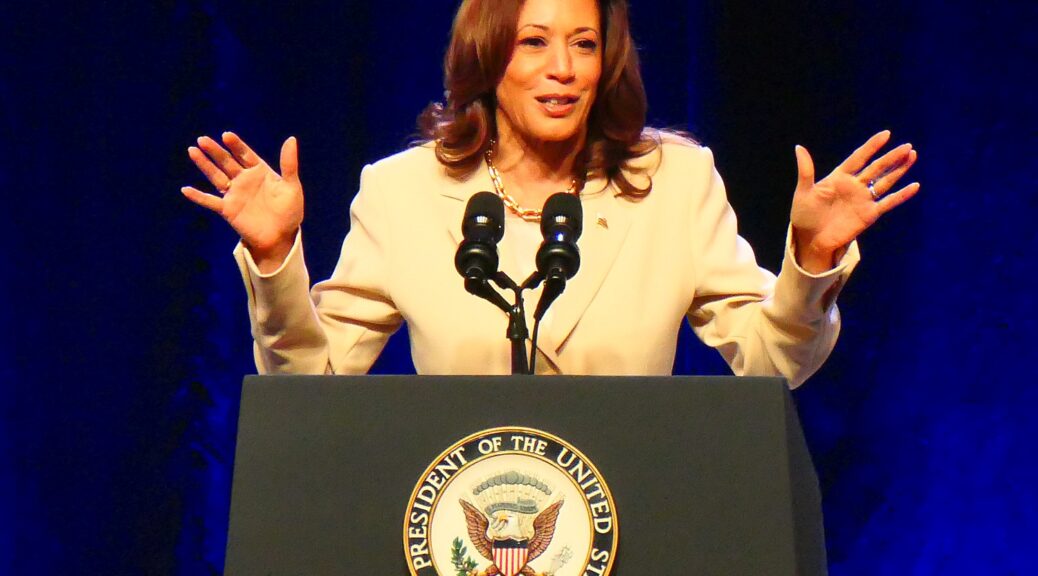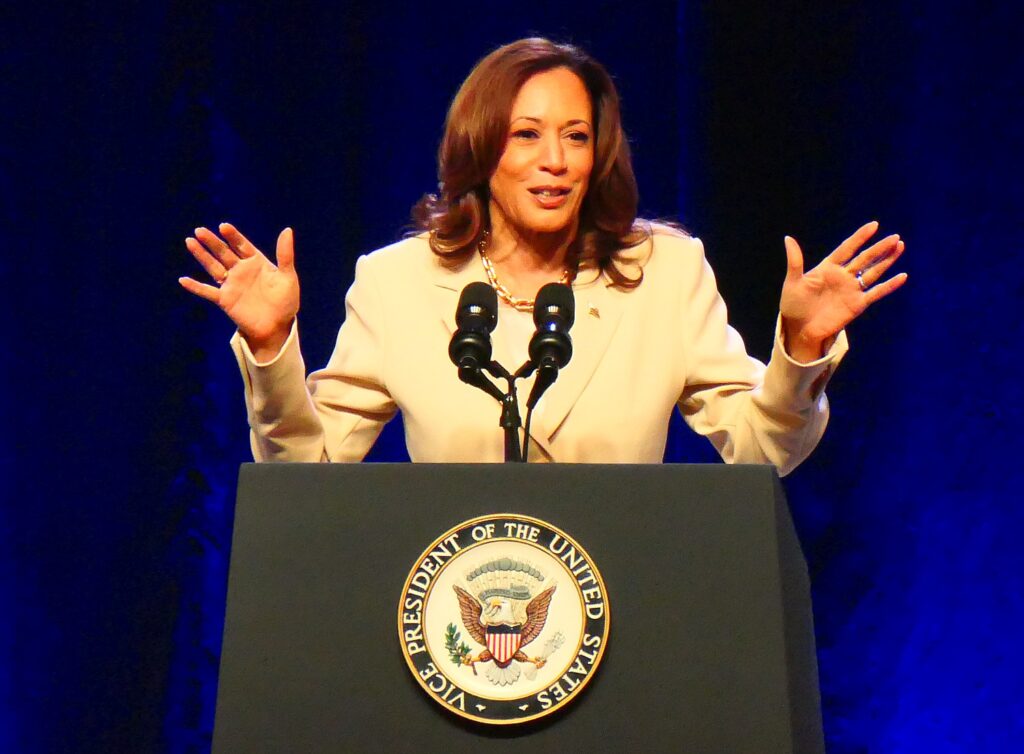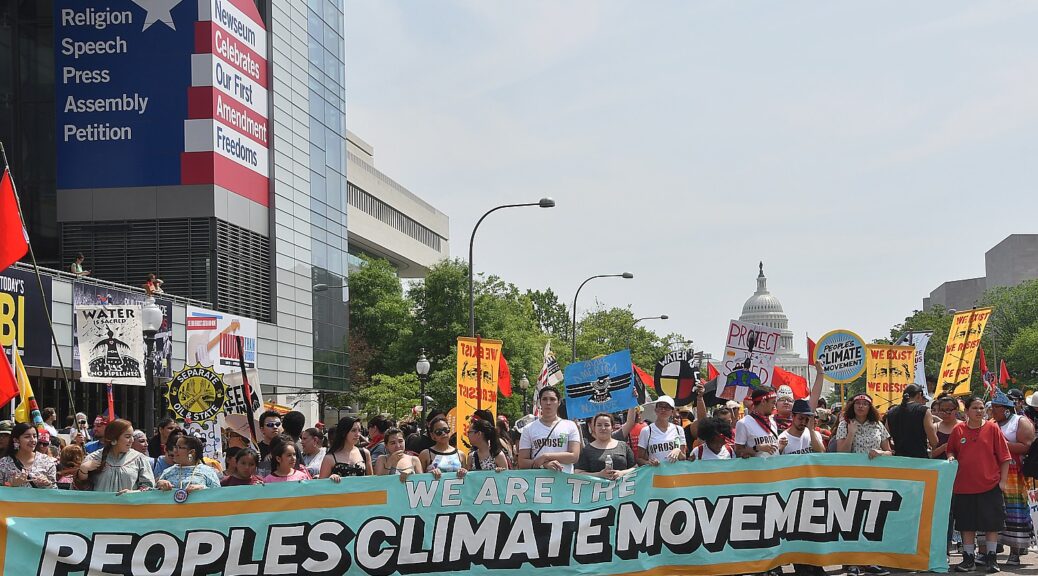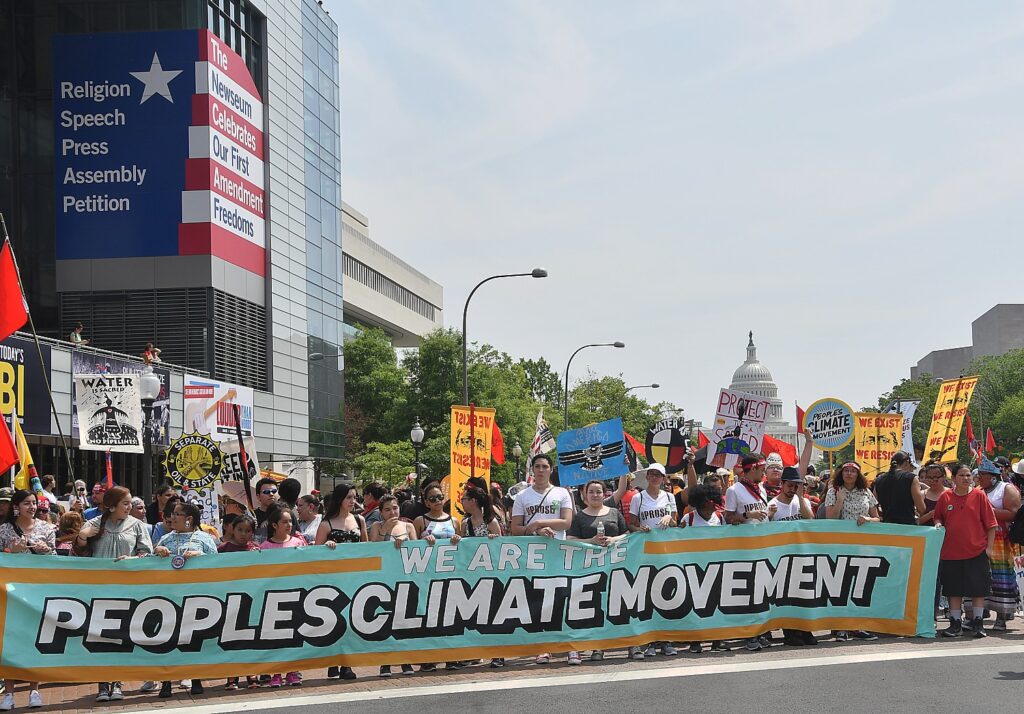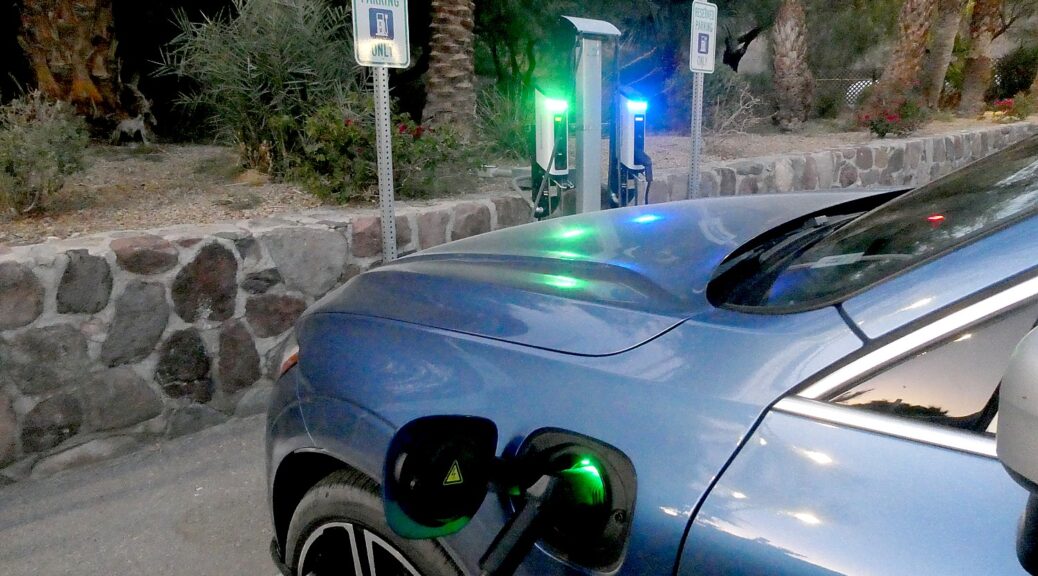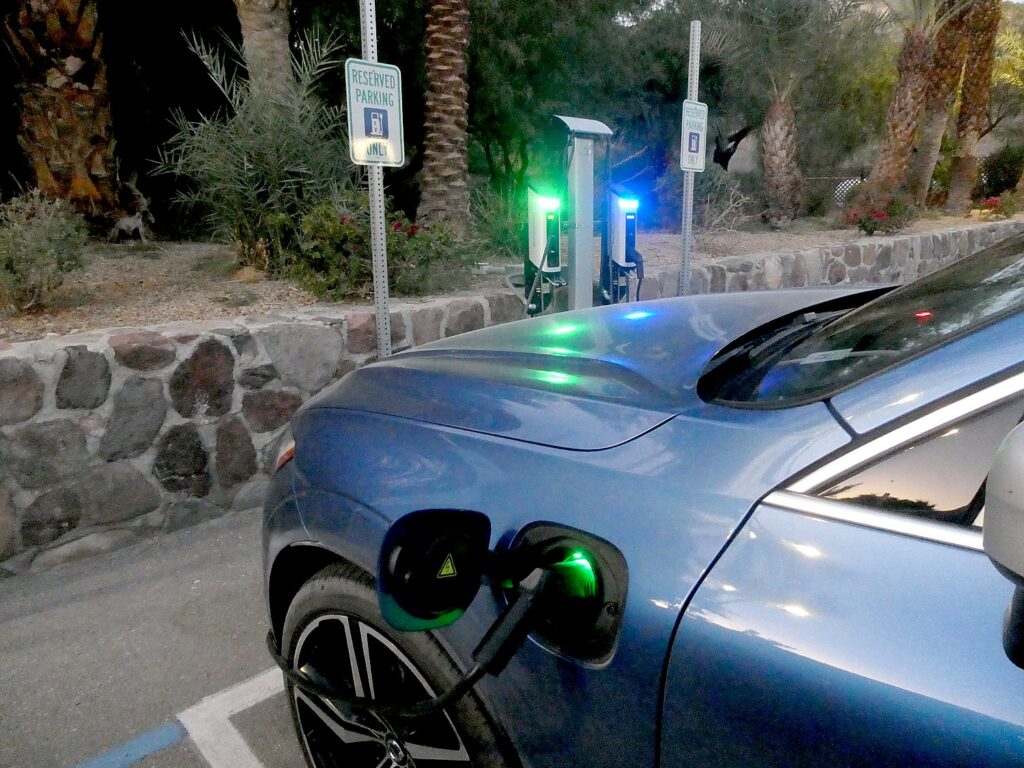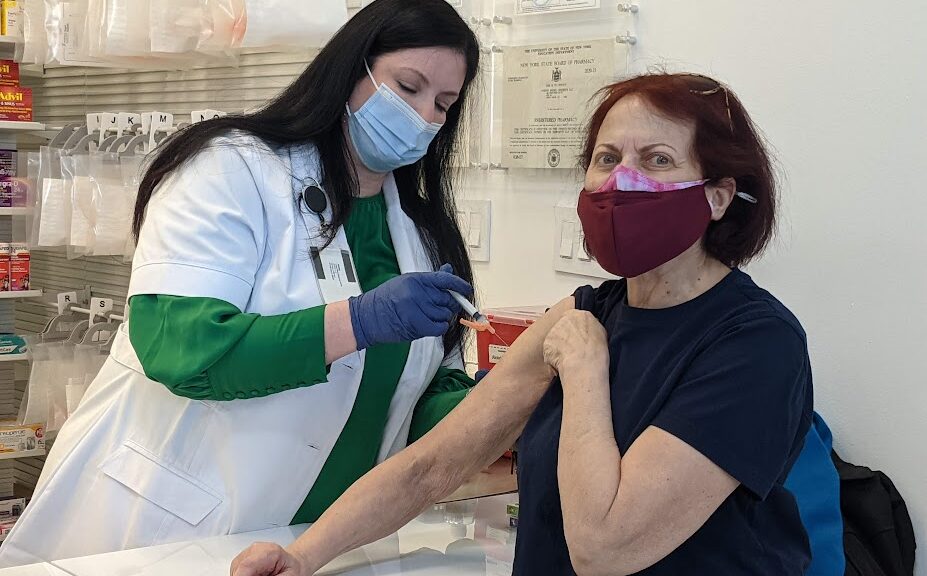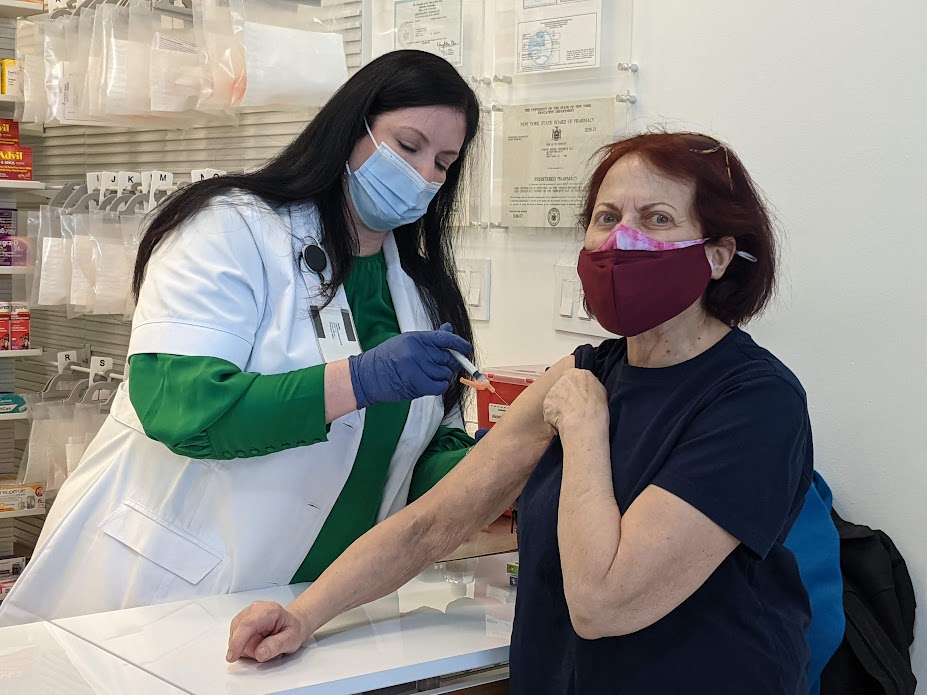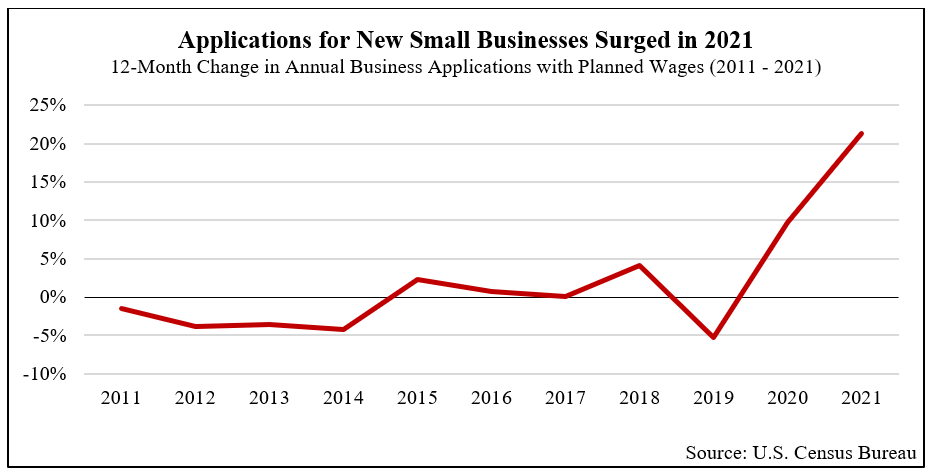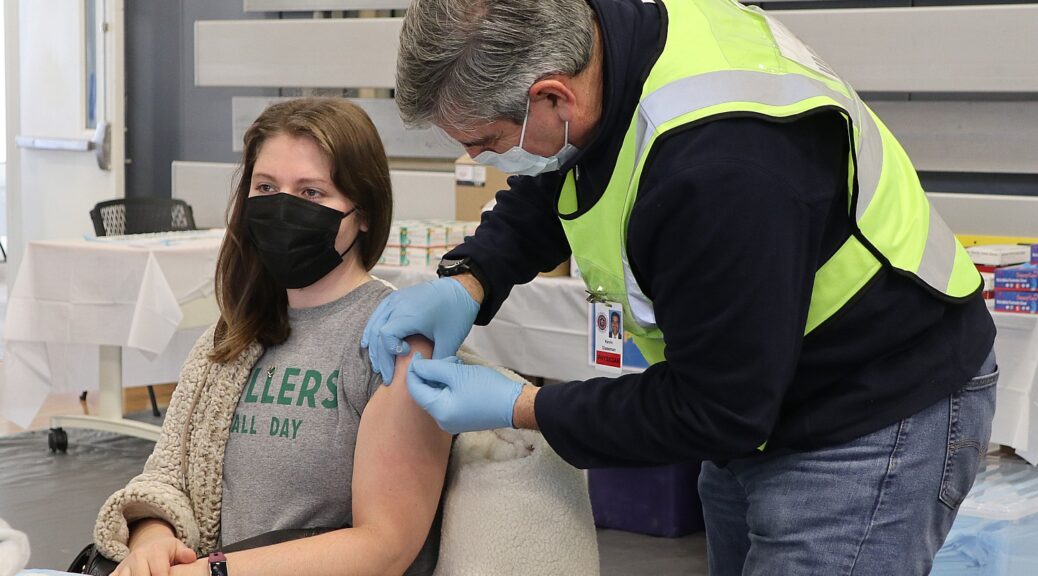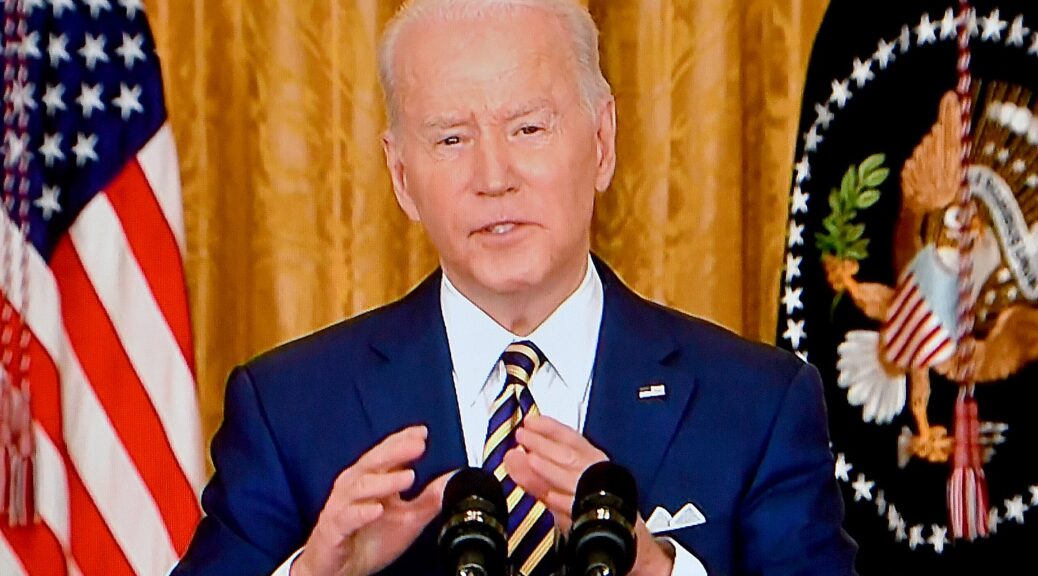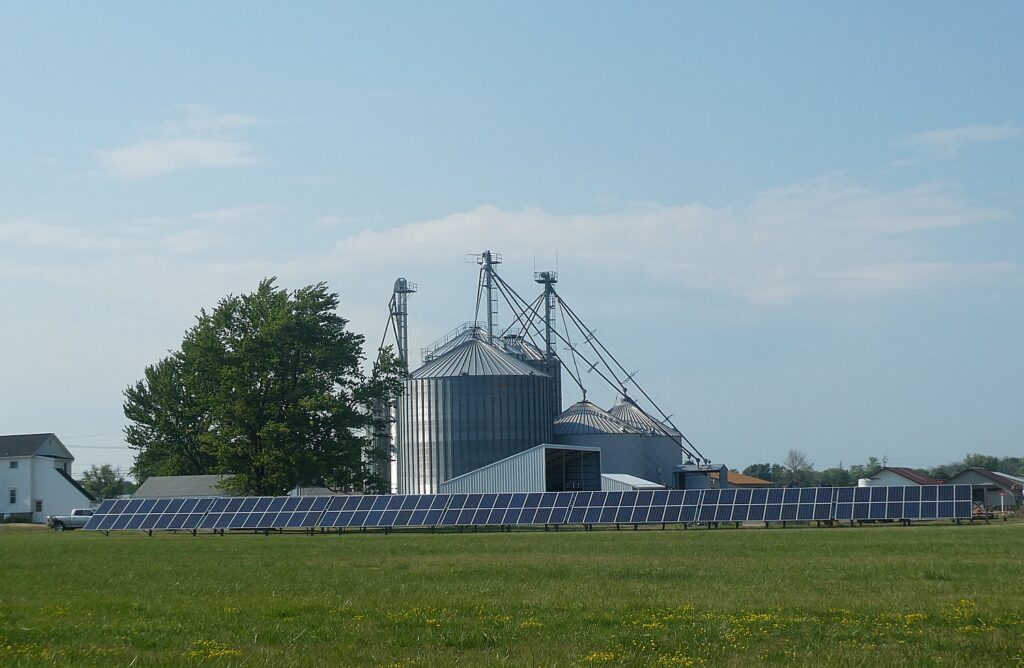
People said they voted against Kamala Harris because they were just so so very upset about inflation, how they were suffering in this terrible economy, so voted for the guy who not only had no policy, plan or program to address inflation or high prices, but whose stated Project 2025 policies (tariffs) would hurt the economy, jobs and prices. But I am wondering how bad the economy really could be if holiday spending is already up 9%, malls and online sites are seeing massive increases in shoppers, there is record travel on the roads and through airports. Oh, by the way, gas prices are around $3 or less a gallon – close to 2019; – and inflation has fallen below 2.3% for the year, comparable to 2019, while REAL wage increases (that is increased income compared to inflation) are up on average $4000; Thanksgiving meal prices are down. But those working class people (suckers) who think that Trump will give them a better deal? Are you kidding or just really willfully ignorant? Have you seen the billionaires, kleptocrats, oligarchs (not to mention the misogynists, sexual predators and felons) he is installing in power? They are already salivating at shutting down the National Labor Relations Board, ending food and product safety regulation, environmental protection, restricting food stamps and vaccinations for poor children and cutting Medicare and Social Security, while serving up deeper tax cuts for the wealthiest individuals (the top 0.1% already control more wealth than 50 percent of the country) and corporations, already sitting on record profits from price-gouging.
Biden’s Deputy Chief of Staff offered this memo “to interested parties” on what President Biden accomplished that I’m betting 99.9% of Americans have no clue about $1 TRILLION in private sector investment in clean energy and manufacturing since President Biden and Vice President Harris took office because of Biden’s Investing in America agenda, Bipartisan Infrastructure Law, CHIPS and Science Act, Inflation Reduction Act – all of which Republicans tried to block, obstruct, sabotage and now threaten to repeal.It’s like the way Republicans were able to generate hostility to Obama’s Affordable Care Act in order to win the 2010 midterms and how Obamacare has become so popular and important in people’s lives, but Trump and the MAGA Republicans are still keen to repeal it, leaving millions without healthcare desperate and insecure – Karen Rubin, news-photos-features.com
On the success of $1 trillion in investment due to his policies and approach to building a sustainable economy “from the bottom up and the middle out,” President Biden stated:
When I took office, the pandemic was raging and the economy was reeling. From Day One, I was determined to not only deliver economic relief, but to invest in America and grow the economy from the middle out and bottom up, not the top down.
Over the last four years, that’s exactly what we’ve done. We passed legislation to rebuild our infrastructure, build a clean energy economy, and bring manufacturing back to the United States after decades of offshoring. Today I’m proud to announce my Investing in America agenda—the Bipartisan Infrastructure Law, the CHIPS and Science Act, and the Inflation Reduction Act—has helped attract over $1 trillion in announced private-sector investments. These investments in industries of the future are ensuring the future is made in America, by American workers. And they’re creating opportunities in communities too often left behind.
Over 1.6 million construction and manufacturing jobs have been created over the last four years, and our investments are making America a leader in clean energy and semiconductor technologies that will protect our economic and national security, while expanding opportunities in red states and blue states.
Today, thanks to my Investing in America agenda, businesses around the world are investing in America—which is good news for American workers and American businesses—and we’re positioned to win the economic competition for the 21st century.
To: Interested Parties
From: Natalie Quillian, White House Deputy Chief of Staff
MEMO: President Biden’s Investing in America Agenda’s Growing Durability and Popularity
When President Biden and Vice President Harris came into office, America was in the midst of a deadly pandemic and our economy was reeling. Since then, President Biden and Vice President Harris have overseen one of the most successful administrations in history and will be leaving behind the best economy in the world.
Under President Biden and Vice President Harris’ leadership, 16 million jobs have been created, and we’ve gotten women and people of color back in the labor force at record rates. A record 20 million new business applications have been filed, and inflation is down to near pre-pandemic levels. These outcomes are due in part to our success in passing and implementing legislation that rebuilt our nation’s infrastructure, made the largest investment in climate action in history, lowered prescription drug costs, and spurred a manufacturing renaissance. Together, the American Rescue Plan, the Bipartisan Infrastructure Law, the CHIPS and Science Act, and the Inflation Reduction Act – the Biden-Harris Administration’s Investing in America agenda – are reshaping our economy. And as of today, that agenda has helped spur over $1 trillion in private sector investment in clean energy and manufacturing since President Biden and Vice President Harris took office.
The level of private sector investment seen under this administration is unprecedented. Business leaders have called the boom in private investment “nothing short of extraordinary,” and have said the United States’ economy is “among the best performing economies” in decades. It is driving a manufacturing renaissance across the country and onshoring new and growing industries such as semiconductors, solar, batteries, and more. It’s also helping rebuild communities and create opportunity in places that were overlooked or left behind by public and private investment for far too long.
As of today, the Department of Commerce has announced over two dozen preliminary or final agreements with semiconductor manufacturing companies to create American-made chips in Phoenix, Arizona; Columbus, Ohio; Taylor, Texas; Syracuse, New York, and more, spurring over $400 billion in private investment that will create at least 125,000 jobs. Over $119 billion in investments in EVs and batteries and $122 billion in clean power have been announced in just the two years since the Inflation Reduction Act was signed. Recent announcements show these investments have continued at a steady pace. For example, in the last month alone, SolarCycle announced it would invest $400 million in Georgia for the largest solar panel recycling facility in the country, MainSpring Energy announced it would match an $87 million grant from the Department of Energy to manufacture power generators in Allegheny County, PA, and Microporous announced a $1.35 billion investment to create 2,000 jobs building battery separators in southern Virginia.
In addition to private investment, the Biden-Harris Administration has been implementing these laws quickly, effectively and equitably since the day the first Investing in America bill was signed. Due to that effort, there are already more than 74,000 infrastructure and clean energy projects underway across the country, funded by the Bipartisan Infrastructure Law, CHIPS and Science Act, and Inflation Reduction Act. That includes 11,400 bridge projects, 196,000 miles of roads under repair, and 376,000 lead pipes already replaced, benefitting nearly 1 million people. More than 3.4 million American families have already saved $8.4 billion on home clean energy upgrades, thanks to the Inflation Reduction Act. Three million more households in America have high-speed internet today than when President Biden took office. Millions of seniors are benefitting from the $35 cap on the cost of insulin, and the cap on out-of-pocket prescription drug costs for Medicare beneficiaries has already saved 1.5 million seniors nearly $1 billion in the first half of 2024, with Medicare beneficiaries feeling the full benefits starting in January.
To date, the Biden-Harris Administration has announced awards for 98% of Investing in America funding available for us to spend by the end of fiscal year 2024. Departments and agencies are running through the tape – announcing more awards, finalizing contracts and grant agreements, and accelerating permitting timelines. For example, the Department of Transportation executed more than twice as many grant agreements compared to the prior administration, completed 20 percent more environmental reviews in the transportation sector, and cut the time it takes to complete environmental assessments for transportation projects by one third.
These programs and projects mean real benefits for people across the country. It’s why as we continue to implement the Investing in America agenda, we see these programs grow in popularity even among skeptics, suggesting that the transformation of the U.S. economy is here to stay. For example:
- Nearly 8 in 10 Americans support keeping the Inflation Reduction Act’s $35 per month cap on the cost of insulin for seniors, including 76% of Republicans.
- A Reuters/Ipsos poll found that 88% of Americans support the Administration’s work building or repairing our nation’s roads, bridges, rail lines, ports and other infrastructure.
- Outside groups have found that the majority of private sector investments spurred by Inflation Reduction Act’s tax credits are going to red districts, and 57 percent of the new clean energy jobs created since the Inflation Reduction Act passed are located in Congressional districts represented by Republicans.
The progress we’ve made, however, represents only a fraction of the full impact of this agenda. As the President said earlier this month, the impacts of this historic agenda “will be felt over the next 10 years.” If future Administrations continue to implement at the pace we have, people across the country will enjoy the benefits of safer water, cleaner air, faster internet, and smoother commutes. For example, by the end of 2026, the country is on track to have launched repairs on a total of over 356,000 miles of highway and over 20,800 bridges with funding from the Bipartisan Infrastructure Law. By the end of 2028, communities will replace more than one million toxic lead pipes, bringing clean water to over 2.5 million people and protecting the health and safety of children and families. And by 2030, 6 million more households and small businesses will have access to affordable, reliable, high-speed internet.
Also, major projects we’ve funded will be completed in the coming years. For example, TSMC’s first Arizona factory will fully open in early 2025 and for the first time in decades, an American manufacturing plant will produce leading-edge chips. Service on the Brightline West High Speed Rail System, connecting Las Vegas, Nevada to Rancho Cucamonga, California, is on track to start in 2028, in time for the Los Angeles Olympics. A project to replace Michigan’s outdated I-375 freeway will be completed in the same year.
Over the coming months, the Biden-Harris Administration will continue the critical work of implementing the Investing in America agenda by announcing more awards, finalizing contracts and grant agreements, and making sure these investments are reaching the American people. While the full effects won’t be realized for years to come, it’s clear that the Investing in America agenda – and its impacts on the economy, on communities, and on American families – is here to stay.


